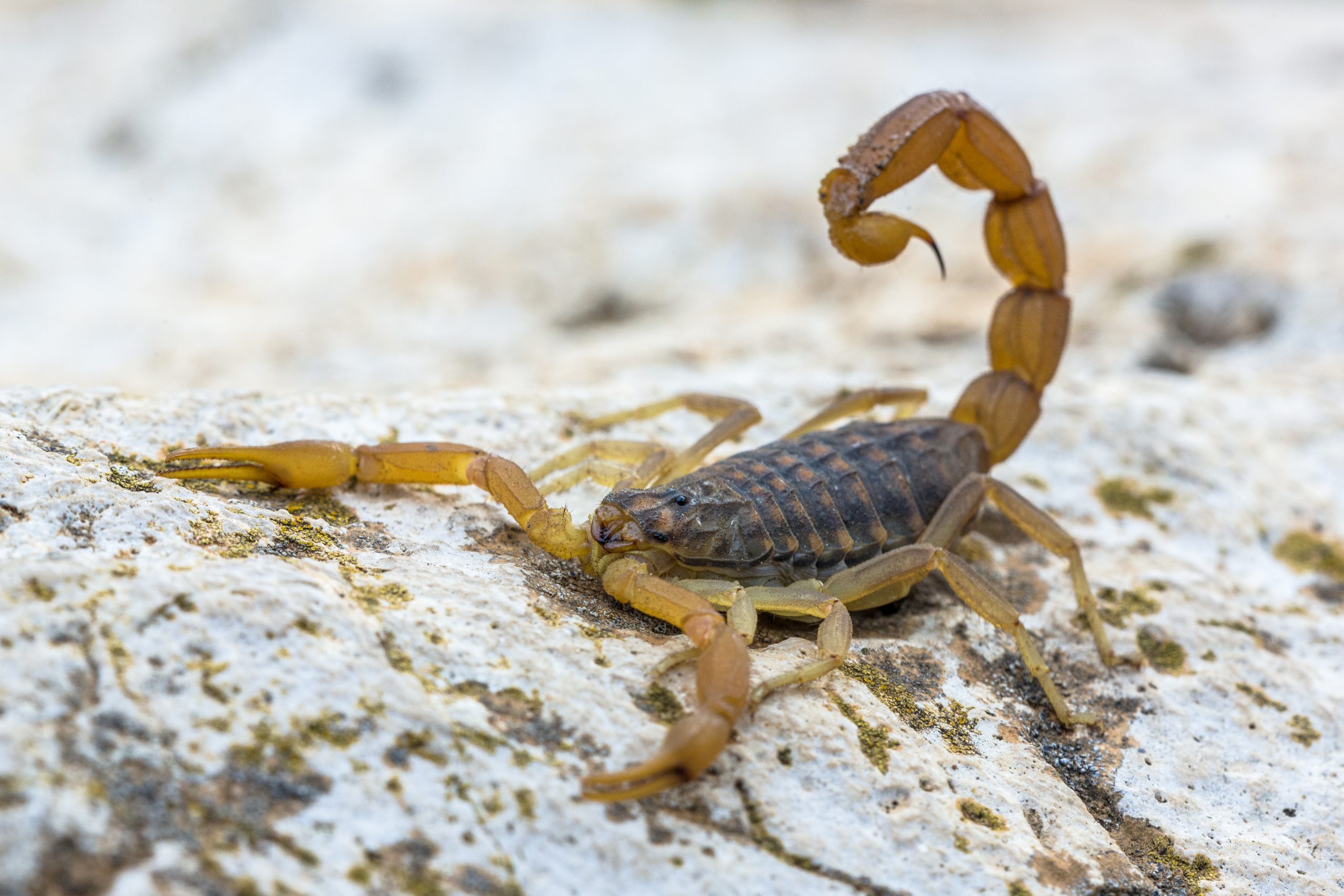Scorpion venom is one of the most expensive liquids in the world, especially deathstalker venom, which is the most valuable of all. Just one gallon of venom from the deathstalker scorpion can cost $39 million, making it the most expensive liquid in the world. But why is this venom so expensive? And what happens to you if a deathstalker stings you?
https://www.youtube.com/watch?v=lyrVg5m_0kE&t=14s
The main reason why Deathstalker venom is so expensive is that it is challenging to collect, often requiring people to do it by hand. Each scorpion only yields a tiny amount of venom, typically around two milligrams at most. To put it simply, if you have one of these scorpions, you’d have to milk it about 2.64 million times just to fill a gallon jug! And you’ve got to be careful not to get stung in the process.
Although the deathstalker can be dangerous, its venom is becoming extremely valuable in the medical field, which is another significant reason for its high cost. Scorpion venom has a wide array of medical applications, from identifying tumors to treating malaria. It’s needed for scientific research, medical research, educational purposes, and for treating people who have been stung.
While deathstalker scorpions cover a wide range of territory, they mostly live in Northeastern Africa and the Middle East. The neurotoxins in the venom of the deathstalker scorpion include Chlorotoxin, Charybdotoxin, cytotoxin, and Apitoxin. The venom is valuable because some of its components have shown potential for treating human brain tumors. Scientists also say that there is evidence to show that other components of venom may aid in the regulation of insulin and could be used to treat diabetes. According to scientists, the component chlorotoxin has potential uses in several medical breakthroughs, including the treatment of certain types of cancer.
As researchers discover more and more medical uses for scorpion venom, the demand for it keeps growing. That’s why scientists are trying to find ways to collect it more quickly and safely.

This venom cannot be bought in large quantities; it is sold in minuscule amounts. According to a Business Insider report from 2021, a droplet smaller than a grain of sugar costs $130. Even if you have $39 million, you still cannot buy a gallon of deathstalker venom because it’s incredibly hard to collect. Now, you might be thinking about opening a scorpion venom business. We will talk about the business aspect later, but let’s first discuss how dangerous the deathstalker is and what happens to you if one stings you.
You can probably guess from its name that the deathstalker scorpion is one of the most dangerous species of scorpion, and a sting from this scorpion is extraordinarily painful. Out of the 1500 known Scorpion Species, only 25 species hold venom that is dangerous for humans.
You see, scorpion venom comes from a special spot at the end of their tail. Interestingly, studies suggest that smaller scorpions tend to have more painful or even deadly venom.
Generally, the deathstalker can’t kill a healthy adult but can be deadly for kids and older adults. A sting from the reptile can be extremely painful but typically not fatal for healthy adults. Regardless of age, being stung by a deathstalker scorpion constitutes a medical emergency.
Due to their role in medical science, scorpions are now commercially farmed. As dangerous as it sounds, farmers across the world are making a living out of scorpion venom. While milking scorpions by hand is dangerous and time-consuming, fortunately, there are robots that make the process faster and decrease the risk of getting stung by a scorpion.
In general, you can begin a small scorpion venom business with a modest investment. You can kickstart a scorpion farm business with just $2,000 and a small space.
But you should also think about the dangers involved. Even if you have lots of time and patience, milking scorpions one by one can be dangerous. Getting stung by a deathstalker scorpion really hurts, and it might make you never want to go near them again because it’s said to be a hundred times worse than a bee sting. So, people have to be very careful when taking venom from scorpions.
Here’s a fun fact about scorpions: they mostly eat bugs and spiders, but the big ones might even snack on small lizards or mice. Their hunting techniques are fascinating—some sneak up on their prey, some actively chase it, and some wait in ambush.
Scorpions can go a long time without eating because their bodies work slowly. Usually, they have a meal every few weeks, but sometimes they can go as long as six to 12 months without food, thanks to their slow metabolism. In general, scorpions only need one insect per year to survive, as long as they have access to water. They can also thrive in harsh, dry environments.
Now, let’s talk about that scary-looking tail. It’s not actually a tail but five parts of their lower body curved upward, ending with a sharp point called a telson. This is where the scorpion produces venom. At the very tip of the telson is a needle-like structure called an aculeus, which the scorpion uses to inject venom. The scorpion can control when and how much venom it produces, depending on whether it’s hunting for food or defending against enemies.
Speaking of longevity, scorpions have quite a remarkable lifespan compared to other small creatures. In the wild, they typically live for about two to ten years. But in captivity, like in zoos or special tanks, they’ve been known to live up to 25 years! So, scorpions can enjoy relatively long lives, especially when they’re safe and comfortable.
